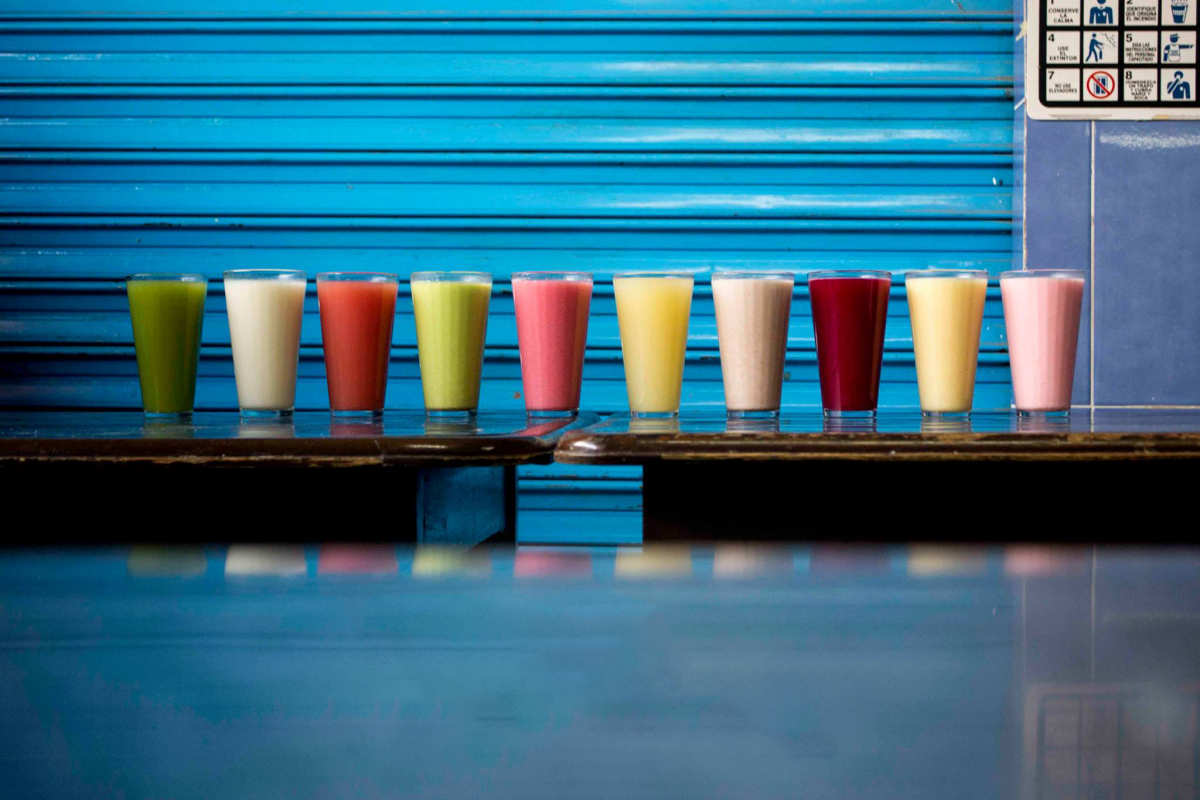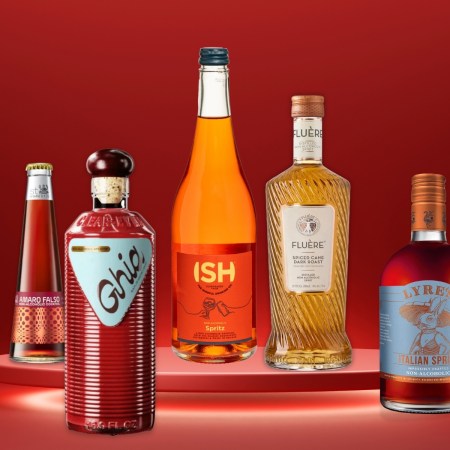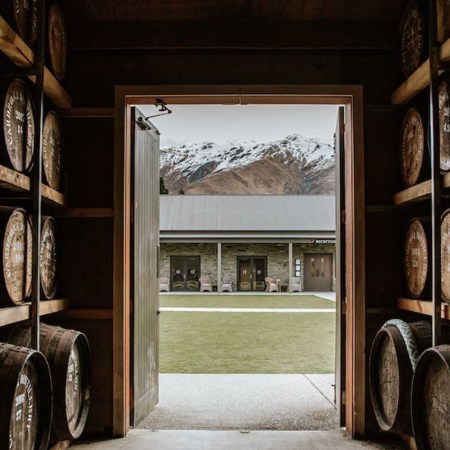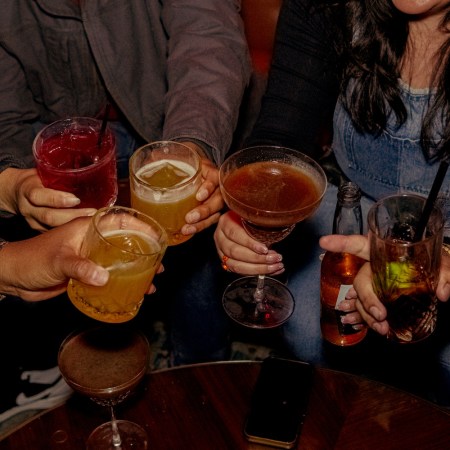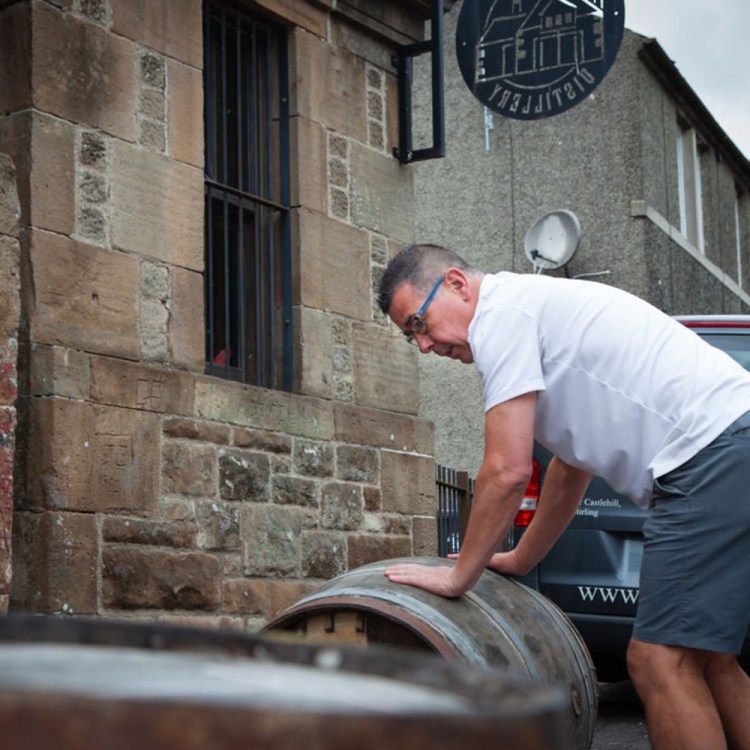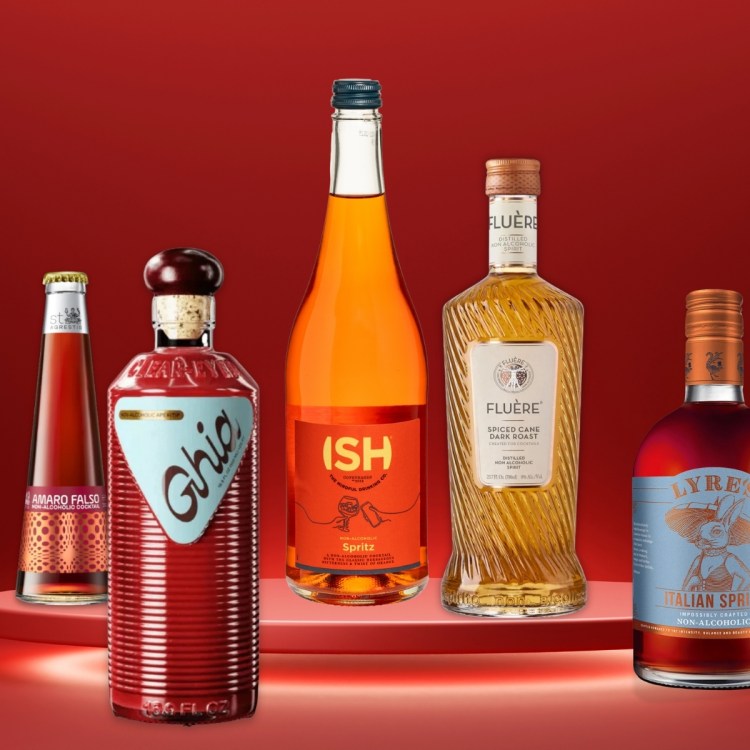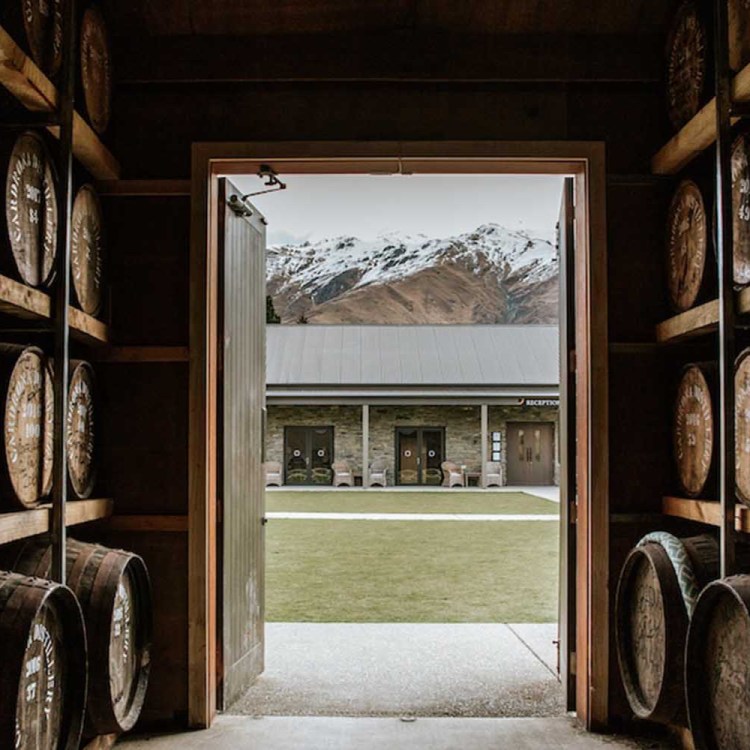If you ever consume alcohol you’re probably familiar with the agave plant at this point. It’s a giant succulent that comes in a wide variety of species, all of them native to the hot and arid regions of the Americas. But you probably know it less as an interesting flora specimen and more as the main ingredient in both tequila and mezcal, two spirits that have exponentially grown in popularity stateside over the past decade.
While tequila and mezcal are made in giant batches and shipped all over the world, a third, lesser-known agave-based alcoholic beverage is preferred by many locals in Central Mexico: Pulque. The beverage has been around since pre-colonial times and was once reserved for royalty and other important people. It fell out of favor when traditional distilling and brewing techniques were brought to Mexico, with the government even seeking to eradicate it because it was associated with poverty and unsanitary conditions. In recent years, though, it has experienced a bit of a craft renaissance for locals and tourists alike.
The easiest way to begin describing pulque is probably to tell you what it isn’t: tequila or mezcal. Whereas those spirits are derived from harvested agave plants whose meat (or piña) is then roasted over coals, pulque is made from the sap that agave plants release over their last year of life.
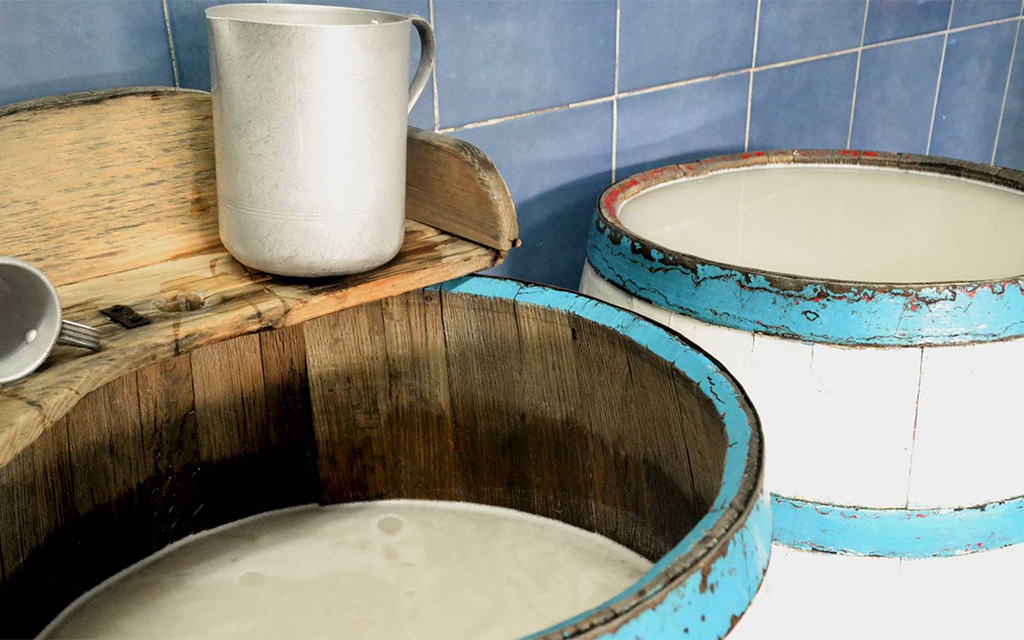
Essentially as the agave (or maguey, as it’s known in Mexico) reaches maturity and prepares to produce a giant single flower, the stalk is cut off, creating a small well in the center of the plant. Here, sap known as aguamiel collects and is harvested on a daily basis, and then fermented for anywhere between a few hours and a few days. This is not a quick process: the maguey plant generally needs about 10-12 years of growth before its aguamiel is ready for fermentation.
Because it is only fermented and not distilled in any way, pulque does not travel well. The Central Mexican region where maguey grows is pretty much the only place to find it. The flavor of pulque also changes nearly by the hour, meaning that if you bottle it up and send it on a truck to a neighboring city, it will considerably evolve by the time it reaches its destination. For this reason, commercial pulques are few and far between: to survive in a bottle or can, they have to be pasteurized, and in doing so lose much of what makes them desirable in the first place.
You may have friends who have tried pulque and objected to its viscous and milky consistency. That’s a sign of poor-quality pulque. The longer it ferments, the thicker it gets; good pulque should be fizzy and bright when it hits the tongue, almost as if you crossed a kombucha with a hard cider.
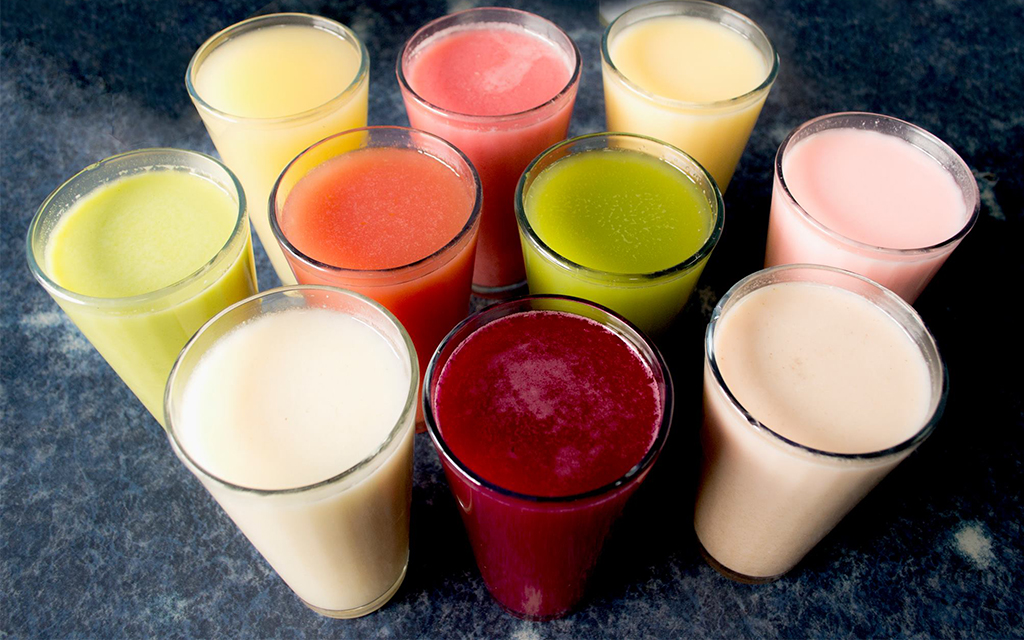
The best pulque I had was served chilled, and it was delicious. It comes either natural (which tastes like fizzy agave syrup) or flavored (with everything from fruits like pineapple and guava to oatmeal). Pulque is generally lightly alcoholic, about 4%, so don’t worry too much about overdoing it.
That being said, you shouldn’t spend the entire day glugging pulque, because the hangover will be monumental due to all the sugars. A friend of mine who is a professor in Mexico City (not of biology but of history and architecture, so take this with a grain of salt) told me that the pulque hangover can be dangerous since the pulque actually continues to ferment in your stomach after you drink it. That could be an old wives’ tale, but it’s something to bear in mind when you’re drinking this ancient beverage.
Below are a few quality spots, known as pulquerias, in which to enjoy a few tipples next time you find yourself in Mexico City.
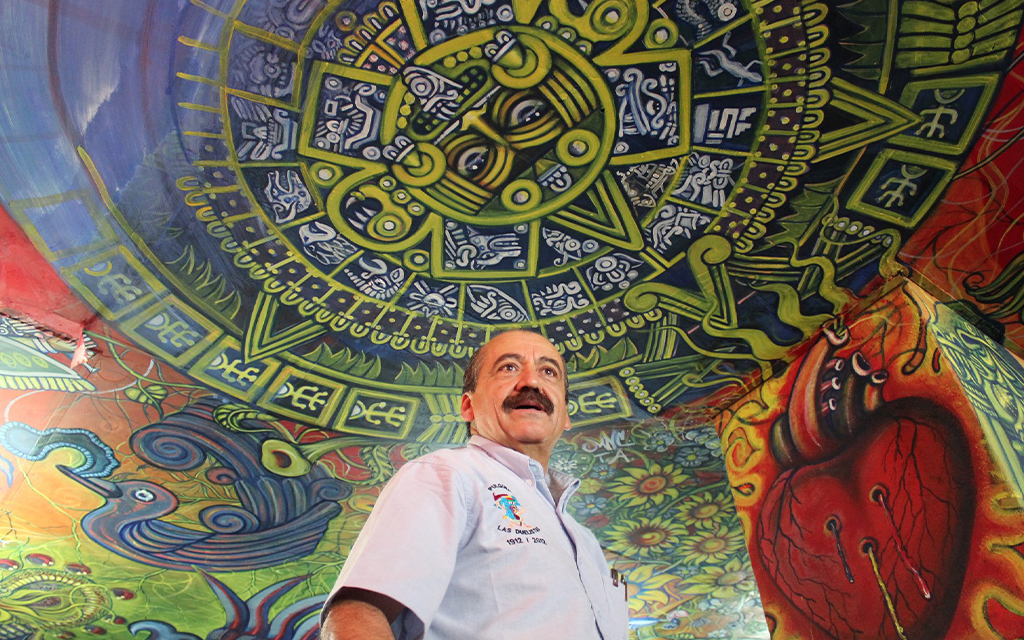
This pulqueria is more than a century old and probably the most famous one in the city. Expect odd flavors and a historic atmosphere.
Probably the hippest pulqueria in Mexico City thanks to its location in the boho neighborhood of Roma and the fact that they feature live music from time to time. It’s near a slew of other bars and restaurants, so it can serve as your destination, pregame or a nightcap spot.
If you’re looking for a spot to sample some pulque post-Frida Kahlo Museum in the Coyoacan neighborhood, this super old-school pulqueria will serve you wonderfully.
A popular and wide-reaching pulqueria, this one is centrally located in the Cuauhtemoc neighborhood and features simple decor with clients of all ages and walks of life.
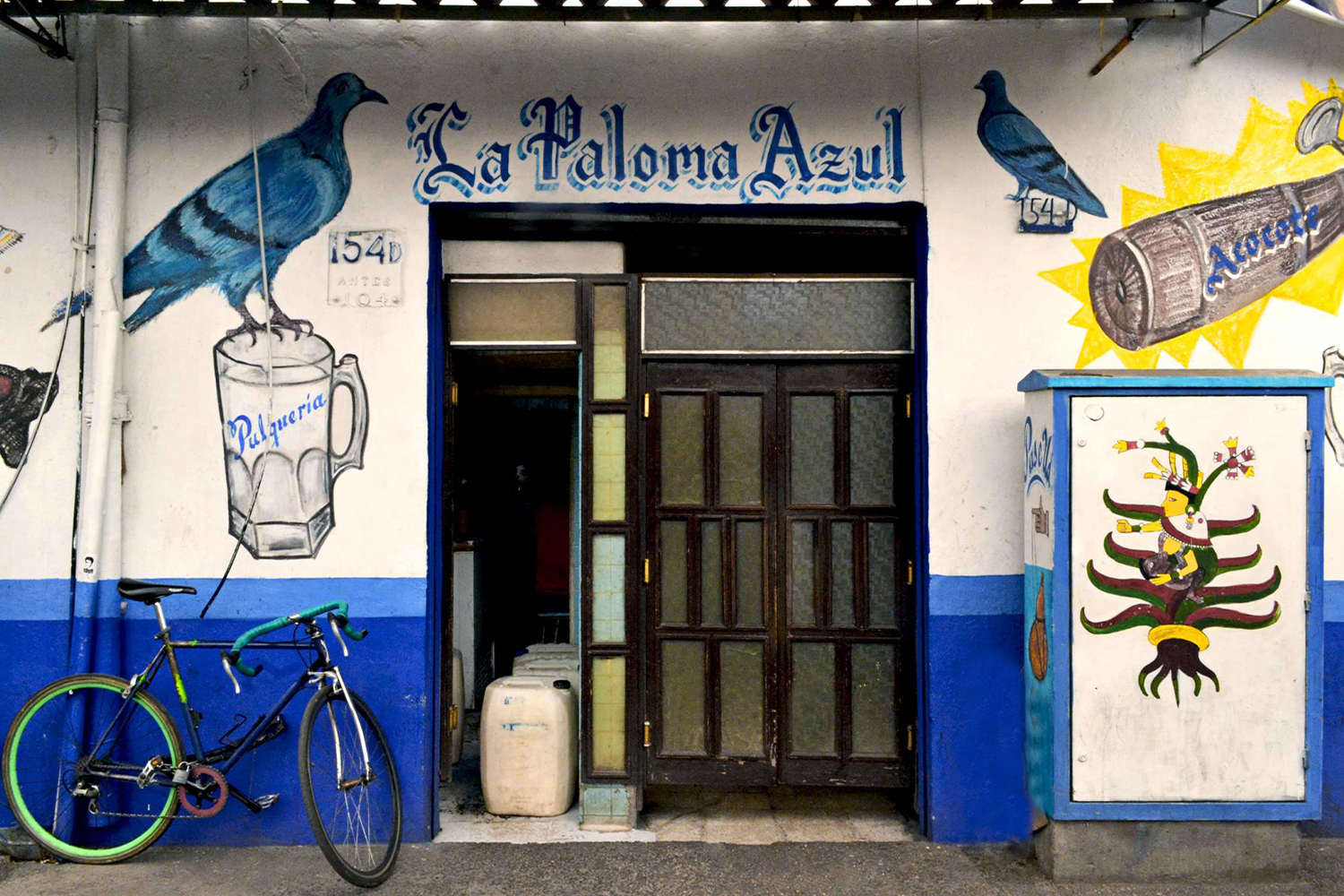
In the south of the city, this pulqueria sports a beautiful interior with a giant mural paying homage to the fermentation process. Try the pine nut, a unique and delicious flavor.
Every Thursday, our resident experts see to it that you’re up to date on the latest from the world of drinks. Trend reports, bottle reviews, cocktail recipes and more. Sign up for THE SPILL now.
